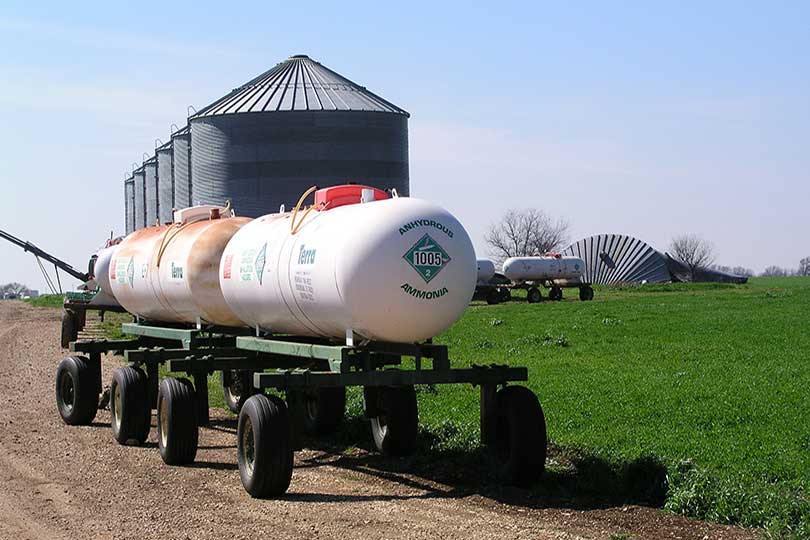Soil temperatures are warmer than normal for the first couple of weeks of November across most of the U.S. due to the warming trend. But waiting to apply nitrogen until soil temperatures dip below 50 degrees can help reduce nitrogen loss and help better protect the environment, according to DTN/Progressive Farmer.
Agronomists recommend waiting to ensure there is a better chance the fertilizer is available for the crop next spring. Waiting to apply nitrogen has several key advantages, including to help reduce nitrogen loss and protect the environment.
“A lot of guys harvested fairly quickly this year, so they’re finished up and want to move on to the next thing,” such as nitrogen applications, Karen Corrigan, an agronomist with McGillicuddy Corrigan Agronomics based in central Illinois, told DTN/Progressive Farmer.
But premature nitrogen applications can cause nitrogen loss, reduce profits and may draw scrutiny from environmentalists concerned about nitrate pollution, according to Corrigan.
Currently, the Environmental Protection Agency does not regulate these types of early applications, but there is concern among growers that could change.
“We’re not regulated by law on this, but we’re trying to regulate within ourselves,” so fall anhydrous isn’t taken away as a nitrogen option, Corrigan said.
DTN Senior Meteorologist Bryce Anderson says the warming trend will continue.
“This pattern is pretty well locked in through the first two weeks of November as well,” Anderson said.
Warm soil temperatures above 50 degrees favor nitrification and promotes the leaching of nitrates in the soil, according to Corrigan. Ammonium (NH4+), however, remains fairly stable and resists leaching and denitrification if the soil temperatures are below 50 degrees.
“The bacteria that work on taking NH4 to active NO3 operate best above 50 degrees,” Corrigan explained. Once the temperature drops below that, this conversion is slowed, but doesn’t stop completely until the soil freezes, she added.
You can find Texas soil temperatures using the maps here.
In addition to waiting for soil temps to remain below 50 degrees, Corrigan also recommends adding a stabilizer to lessen the risk of nitrification during the period of time between fall applications and springtime crop uptake.
“The other thing we don’t want farmers to do is put all their nitrogen on in the fall,” Corrigan said. “Take the soil’s CEC times 10 and then times two-thirds, and that is maximum amount we’ll recommend applying.”

